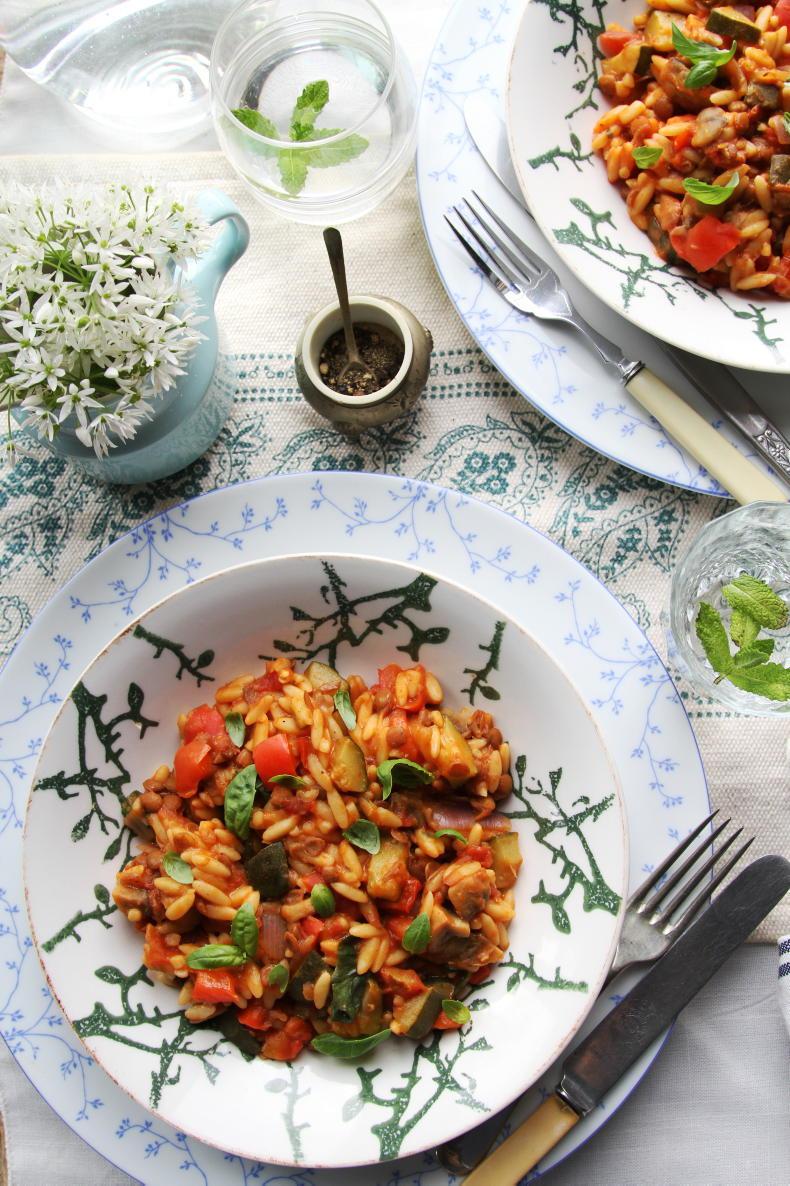Our blood pressure fluctuates throughout each day, mostly dependent on our level of physical activity, our emotional state, our diet and whether we had a good night’s sleep. Our bodies can normally deal with our fluctuating blood pressure, especially if it’s within a normal enough range. However, when the spikes in blood pressure are consistently higher than they should be, our cardiovascular system can become stressed.
Our blood pressure fluctuates throughout each day, mostly dependent on our level of physical activity, our emotional state, our diet and whether we had a good night’s sleep.
Our bodies can normally deal with our fluctuating blood pressure, especially if it’s within a normal enough range. However, when the spikes in blood pressure are consistently higher than they should be, our cardiovascular system can become stressed.
High blood pressure, known medically as hypertension, puts additional strain on blood vessels, which in turn can potentially affect all organs of the body. If left untreated, chronic hypertension increases our risk of having a heart attack or stroke.
Some symptoms such as headaches, light-headedness, blurry vision, and a feeling of unease, can be an indication of hypertension. Quite often, however, someone may not realise their blood pressure is high until they are told so after it being routinely checked.
This stresses the importance of medical check-ups, especially for anyone over the age of 30, but also at any age if you have other health concerns.
There are some factors that increase our risk of developing high blood pressure, such as our family history, smoking, overconsumption of alcohol or caffeine-based drinks, and carrying too much weight.
A high salt, or highly processed, diet also poses a seriously negative impact on our blood pressure. The World Health Organisation (WHO) recommend adults consume less than 5g of salt per day, which is just under a teaspoon.
Apart from the obvious sprinkling over the dinner plate, one’s salt intake can really increase when you consider salt is heavily present in everyday foods such as cheese, ham, olives, gravy granules and stock cubes.
Even certain breads and breakfast cereals can have a significant salt content, so reading nutritional labels is vital when trying to monitor one’s intake. Likewise, when cooking a meal, omit seasoning the dish with salt and in its place, use herbs, spices, citrus juices, or black pepper.
Enjoying a nutrient-rich diet, packed with fresh fruit and vegetables, wholegrain carbohydrates, beans and lentils, can help to keep our blood pressure in check. Hydration is also vital for keeping our blood pressure within healthy limits, with plain water being the most favourable option.
Tomato, lentil and orzo stew
Nessa Robins' tomato, lentil and orzo stew. \ Nessa Robins
This flavoursome stew is packed full of heart-healthy ingredients. If you don’t have the time to make your own no-salt stock, seek out some zero salt organic stock cubes, which are available to buy in most supermarkets.
Serves 4
1 tbsp olive oil 2 red peppers, diced1 red onion, diced1 courgette, diced100g mushrooms, diced 2 garlic cloves, crushed1 tsp smoked paprika½ tsp chilli flakesFreshly ground black pepper200g orzo1 tin lentils, drained and rinsed1 tin tomatoes500ml vegetable stock, see aboveTo serve
Handful of fresh basil leaves, roughly torn
1. Place a large saucepan over a medium heat. Add the oil. Once hot add the peppers, red onion, courgette, and mushrooms. Stir to combine. Sauté for about 10 minutes, stirring regularly.
2. Stir through the garlic, smoked paprika, chilli flakes, and a good grinding of black pepper.
3. Add the orzo and lentils, and stir to combine with the vegetables, before adding the tomatoes and stock.
4. Gently bring to the boil, then turn down the heat to low and leave the pot to simmer for about 25 minutes. Stir regularly to prevent the pasta from sticking to the bottom of the pan.
5. When ready to serve, stir through a handful of roughly torn basil leaves, divide between four plates and top with a few more basil leaves.
A diet rich in fibre is beneficial for the overall health of our heart. Oats are full of fibre and make for a convenient and nutritious breakfast. These overnight oats are especially nice when berries are in season but, if preferred, sliced bananas or apples could be added in their place. The oat mixture is mild in flavour, so it relies on the toppings, but it works wonderfully as a base for a wide choice of toppings.
100g porridge oats30g sunflower seeds10g milled chia seeds300ml milk, of choiceToppings
Strawberries, blueberries, sunflower seeds, low fat yogurt of choice, honey
1. In a bowl, combine the oats, sunflower seeds, and chia seeds. Stir through the milk. Cover and store in the fridge overnight.
2. To serve, divide the oat mixture between two or three bowls. Top with some berries, a few sunflower seeds, a good dollop of yoghurt and a drizzle of honey.





SHARING OPTIONS: